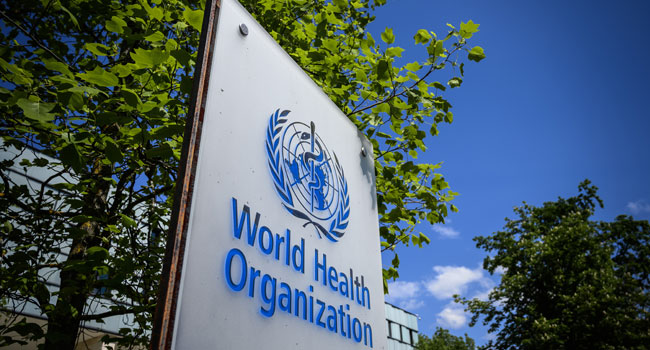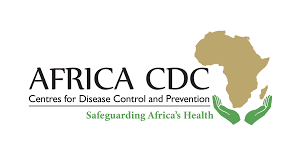Twenty years ago, a strange and painful virus quietly made its way from tiny island communities in the Indian Ocean to the global stage. It was called chikungunya — a mosquito-borne illness that brought fever, swelling, and joint pain so intense it often left people bedridden for weeks. Now, the World Health Organization (WHO) says history is dangerously close to repeating itself.
This week, the WHO issued a stern warning: the world is once again showing early signs of a major chikungunya epidemic. The virus, which has already triggered significant outbreaks in several Indian Ocean islands this year, is spreading fast — and the international health body wants action before it spirals out of control.
“We are seeing the same pattern we saw in 2004 and 2005. If we don’t act now, the world could face another massive outbreak,” said Dr Diana Rojas Alvarez, WHO’s lead on chikungunya, during a press briefing in Geneva.
A Global Threat, Largely Unknown
Unlike malaria or dengue, chikungunya isn’t a household name. But perhaps it should be.
It’s been detected in 119 countries and already puts 5.6 billion people at risk. And while the disease is rarely fatal — with a death rate of less than one percent — the pain it causes can be devastating. Victims often suffer from months of debilitating joint pain, sometimes resembling arthritis. In vulnerable populations, especially the elderly and those with weakened immune systems, it can be deadly.
Where the Trouble Has Already Begun
Since the start of 2025, outbreaks have gripped Reunion, Mayotte, and Mauritius — all island nations in the Indian Ocean. On Reunion Island alone, about one-third of the population is estimated to have been infected. That’s not just a health concern; it’s a serious blow to public life, local economies, and already-stretched healthcare systems.
And the virus isn’t stopping there.
Madagascar, Somalia, and Kenya have all reported increased transmission. Cases are popping up in South Asia, and imported infections have landed in Europe. France has already confirmed local transmission — meaning mosquitoes are now spreading the virus within its borders. Italy is investigating suspected local cases, too.
“We’ve seen this exact sequence before,” Dr Rojas Alvarez warned. “Small outbreaks in islands, then spread to neighboring countries, then global expansion. This is a wake-up call.”
What Makes Chikungunya So Dangerous?
One of the virus’s biggest challenges is that it often mimics other tropical diseases like dengue or Zika, making it harder to detect early. Delays in diagnosis can lead to widespread transmission before public health systems even realise what’s going on.
And unlike COVID-19, which spreads from person to person, chikungunya needs a middleman: the mosquito.
The main culprits are Aedes aegypti and Aedes albopictus — the latter better known as the “tiger mosquito” because of its distinctive black-and-white stripes. These mosquitoes bite mostly during the daytime, especially early mornings and late afternoons, making bed nets less useful as a line of defence.
Climate change is also helping these mosquitoes thrive. As global temperatures rise, the tiger mosquito is moving into new areas — including parts of Europe and North America — that were once too cold for it to survive.
“In regions where people have no immunity, the virus can sweep through communities, infecting up to 75% of the population,” Dr Rojas Alvarez added.
What Can Be Done?
There’s no specific cure or vaccine for chikungunya yet, although several candidates are under development. For now, the WHO says prevention is the best protection.
That means:
-
Wearing mosquito repellent
-
Avoiding areas with standing water (which serve as mosquito breeding grounds)
-
Covering up exposed skin during the day
-
Cleaning out containers like buckets, flower pots, and tyres that can collect rainwater
But individual action isn’t enough. The WHO is urging governments, especially in high-risk regions, to step up surveillance, prepare hospitals for potential surges, and educate communities on how to protect themselves.
The clock is ticking — but with early warning and coordinated global effort, the world may still have a chance to stop another chikungunya crisis before it begins.
“It’s not just about avoiding illness,” Dr Rojas Alvarez concluded. “It’s about protecting lives, livelihoods, and the stability of health systems worldwide.”





